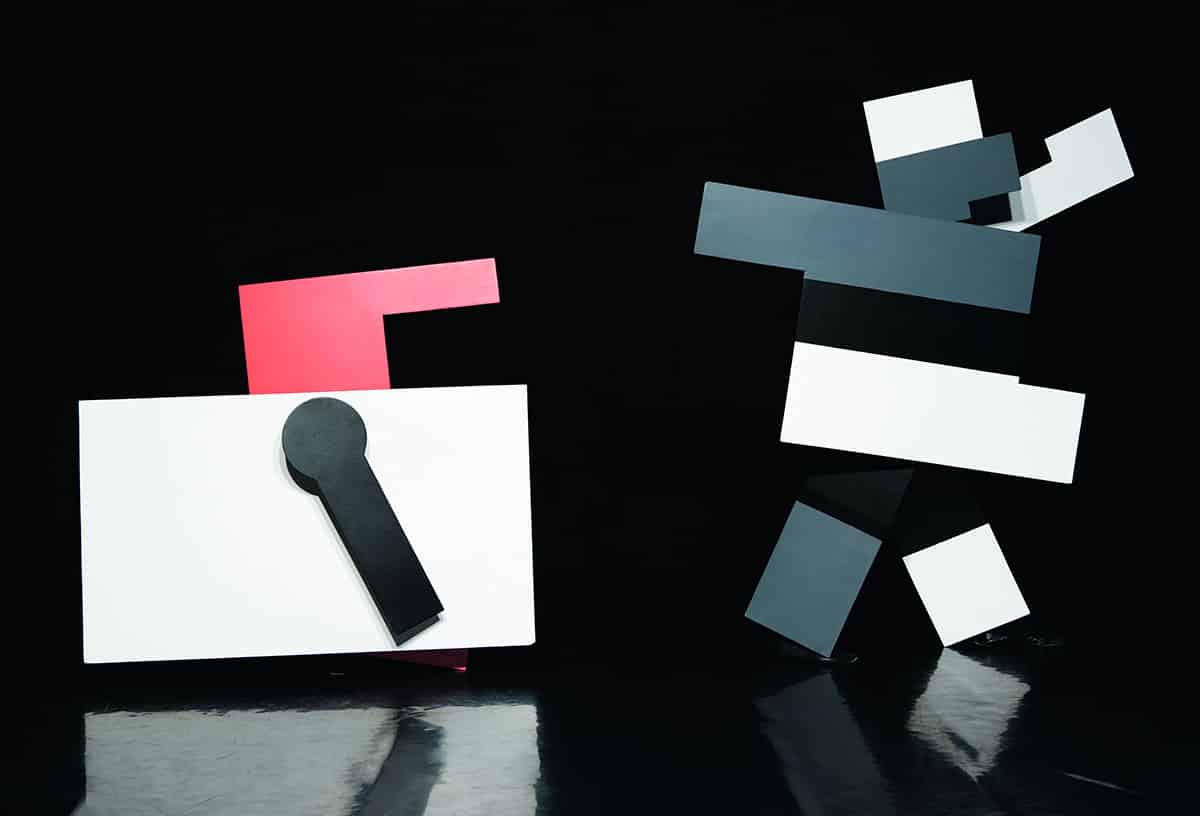@ Design Museum Danmark.
Designmuseum Danmark is taking part in the international celebration of Bauhaus’ 100th anniversary with the major new temporary exhibition “Bauhaus #itsalldesign” developed by Vitra Design Museum and The Art and Exhibition Hall of the Federal Republic of Germany (Bundeskunsthalle).
The exhibition takes on every aspect of the school’s activities, its influence, and its relevance. It shows how contemporary design and designers have carried on the Bauhaus tradition, and how the design methods that helped radically change society a hundred years ago are still relevant today.
“Bauhaus #itsalldesign” includes both well-known major works and previously unseen works within all of the Bauhaus fields of endeavour: design, architecture, art, film, photography, theatre design, and advertising. Important names like Marianne Brandt, Marcel Breuer, Lyonel Feininger, Walter Gropius and Wassily Kandinsky are represented in the exhibition, as well as international design stars like Lord Norman Foster, Konstantin Grcic, Hella Jongerius, and Enzo Mari.
The exhibition puts special emphasis on the Bauhaus designers’ interest in social conditions, experiments, and processes and on the presence of Bauhaus design thinking in every aspect of contemporary design. Design that creates a framework for living.
In an extension of the Bauhaus exhibition, Designmuseum Danmark has also produced its own exhibition “Bauhaus – Danish Design”. This show will emphasize the similarities and differences when two of design history’s central, international currents meet. And the museum’s guests will be personally invited to try out the Bauhaus school’s methods in a large, specially-created Bauhaus workshop with a focus on form, colour, and movement.
What is Bauhaus?
The German Bauhaus school (Staatliches Bauhaus) was founded in 1919 by the German architect Walter Gropius. The goal of the school was to train a new type of designer. Students at the Bauhaus school were required to master a wide range of skills – on top of a strong basis in craftsmanship and artistry they added a knowledge of human psychology, ergonomics and technology for a deep understanding of society. A complete, professional profile.
The influence of Bauhaus has been enormous, despite the school’s short lifespan. Today Bauhaus is an expression that is synonymous with design all over the world. The exhibition also frames Bauhaus as an idealistic project, a cultural movement to create a better daily life for everyone with honest, classless forms and good products that reflected the meeting of art and rational, industrial, and technological manufacturing. Design that created a framework for the community – a dream of humanity without war and conflicts.
The relevance of Bauhaus today
A century after the school was founded, nearly all design has a relationship to the Bauhaus concept. Most design schools work according to its educational principles. And many of the themes that occupy contemporary designers – such as “design thinking”, “social thinking” and “open design” – have roots in Bauhaus.
Related information and facts about Bauhaus
- The Bauhaus school only existed for 14 years. It was founded in 1919 in Weimar, Germany, moved to Dessau in 1925, and to Berlin in 1932, where it was closed by the Nazis in 1933.
- The heart of the school was its many workshops, where students were encouraged to experiment with the new design processes and create solutions with societal and social goals instead of just beautiful objects.
- The school’s founder, German architect Walter Gropius, formulated his vision for the school in a manifesto in 1919. The front page of the manifesto features a medieval cathedral that symbolized the trinity of architecture, painting, and sculpture as equal arts, which were to co-exist with good handicrafts to create the basis for new art and societal forms.
- The Swiss architect Hannes Meyer succeeded Gropius as the leader of the school in 1928. In the 1930s he was succeeded by the German architect Ludwig Mies van der Rohe, who is known for his minimalistic architecture in glass and steel, such as the Barcelona Pavilion from 1929.
- Throughout 2019 the 100-year anniversary of the founding of Bauhaus will be celebrated with events around the world. Read more at https://www.bauhaus100.de/ .
- During the exhibition period at Designmuseum Denmark, you can take part in several Bauhaus-inspired events which include theatre, talks, morning exercises, a people’s kitchen and of course the special Bauhaus workshops.
Sponsors and partners:
The exhibition’s global sponsors are Hugo Boss and Mercedes-Benz. Further support came from Land Baden-Württemberg and the Ikea Stiftung.
In Denmark the exhibition is supported by:
Consul George Jorck & his wife Emma Jorck’s Fund.
Knud Højgaards Fund
The Gangsted Fund
Sportgoodsfonden
The Bauhaus workshop and learning zone is made possible with generous funding from Sportgoodsfonden.
Interior and activities in the workshop are supported by
THONET
Arctic Paper
av form






























